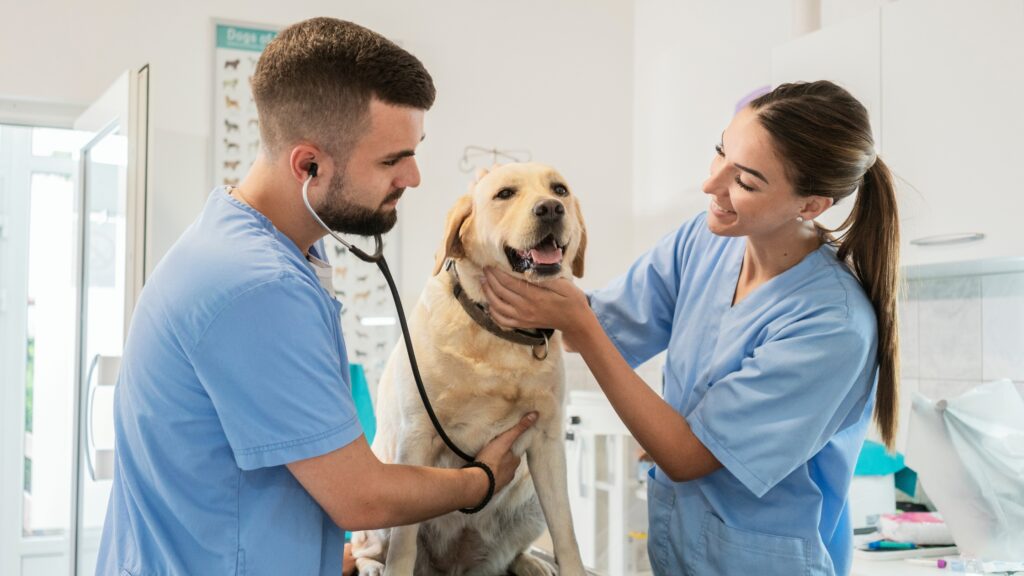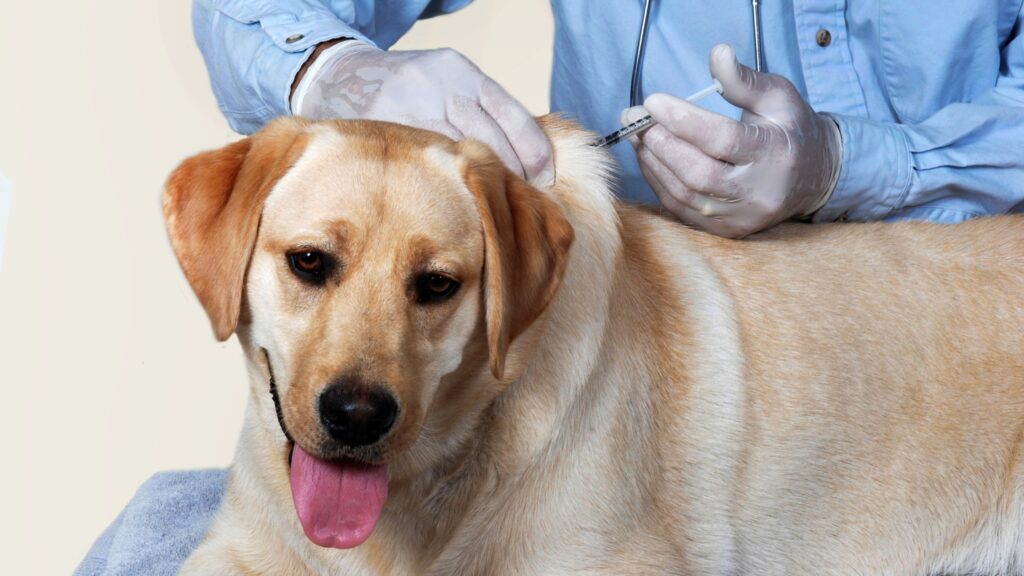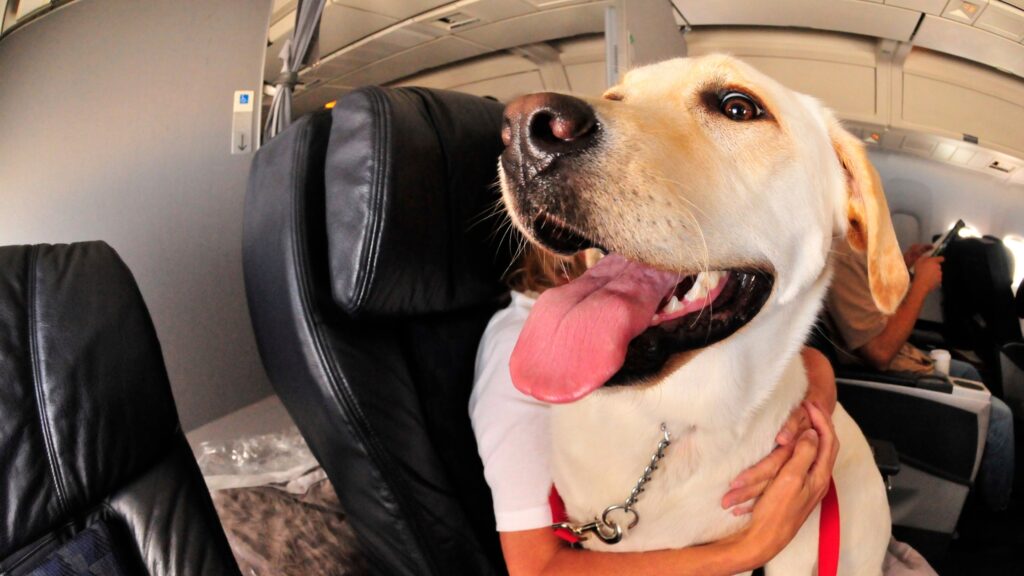If you’re heading to the beautiful Philippines from the US and want to bring your beloved pet, you’ve come to the right place.
Whether you’re relocating or just planning a long vacation, bringing your pet along can be an exciting and rewarding experience. But, as with most international pet travel, it requires some careful planning and preparation.
Don’t worry—I’ve got you covered with all the details you’ll need to ensure your pet’s smooth journey to the Philippines.
Spoiler alert: it involves a bit of paperwork, some vet visits, and a microchip!
Before You Start the Process
First things first: find a USDA-accredited veterinarian. These professionals are well-versed in international pet travel requirements and can guide you through the necessary vaccinations, tests, and treatments.
Trust me, having a knowledgeable vet on your side makes this process a whole lot smoother.

How do I Find a USDA Accredited Veterinarian?
- Call and ask your local veterinarian if they or another veterinarian in their practice is accredited, or if they know of someone who is.
- Contact other local veterinary practices to ask them if they have an accredited veterinarian on staff.
- Use the NVAP self-search tool for finding accredited veterinarians in your area.
- Note: Not all accredited veterinarians in your area may appear in the search since not all accredited veterinarians allow USDA APHIS to release their information publicly.
Gather This Information for Your USDA-Accredited Veterinarian
- The type of pet traveling
- The destination country
- If applicable, countries where your pet will stop (for customs clearance or upon leaving the airport or seaport) on the way to the destination country
- The date of departure from the United States
- Whether the pet will be traveling alone, as cargo, or with a person in the cabin of the plane
- Note: If you’re traveling with a pet bird or exotic animal, you may need to work with additional agencies, such as the U.S. Fish and Wildlife Service (1.41 MB) and Centers for Disease Control and Prevention.
The Mandatory Microchip
The Philippines’ Bureau of Animal Industry (BAI) requires all incoming cats and dogs to have a radio-frequency identification (RFID) microchip.
This is non-negotiable. If your pet shows up without this microchip, they will be declined entry and sent back to the US at your expense.
So, make sure you get this done well in advance of your travel date. Your vet can implant the microchip and provide you with the necessary documentation.
Getting the Health Certificate
Your pet needs a health certificate issued no more than ten days before your entry into the Philippines. This is a recent change from the previous 30-day allowance, so timing is crucial here. Schedule an appointment with your vet to get this certificate, ensuring your pet is in good health and up-to-date with all required vaccinations.
Vaccination Records

Speaking of vaccinations, here’s what you’ll need:
- Dogs: Rabies vaccination, and vaccinations against distemper, leptospirosis, parvovirus, and adenovirus type 2.
- Cats: Rabies vaccination, and vaccinations against herpes, calicivirus, panleukopenia, and feline leukemia.
Make sure your vet updates these records, as you’ll need to present them as part of your pet’s health documentation.
The Import Permit
You can’t just hop on a plane with your pet; you need an import permit from the Philippine Bureau of Animal Industry. Here’s how you get one:
- BAI Pet Animals Importation Importer Registration: First, register as an importer. You can do this online through the InterCommerce website.
- Sanitary and Phytosanitary (SPS) Clearance: Next, obtain an SPS clearance. This guide will walk you through the process: Guide for SPS Clearance.
The Travel Plan
Once you have your microchip, health certificate, vaccination records, and import permit in hand, it’s time to book your pet’s travel.
Most airlines have specific requirements for pet travel, so contact them well in advance to understand their policies.
Some airlines might need a special travel crate, and there could be restrictions on the number of pets allowed per flight.
At the Airport
On the day of travel, arrive early at the airport. You’ll need extra time to check in your pet and present all necessary documentation. Ensure your pet is comfortable in their travel crate and has access to water.

It might be a long journey, but knowing you’ve done everything to ensure their safety and comfort will give you peace of mind.
Arrival in the Philippines
Upon arrival in the Philippines, present your import permit, health certificate, vaccination records, and microchip documentation to the authorities. If everything is in order, your pet will be cleared for entry.

Bringing your pet from the US to the Philippines can seem like a daunting task, but with the right preparation, it’s absolutely doable. Start early, stay organized, and keep your pet’s well-being at the forefront of your plans.
Your furry friend will thank you for it when they’re exploring the beautiful islands by your side.
Safe travels, and here’s to new adventures with your pet in the Philippines!
One Comment
Comments are closed.